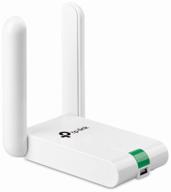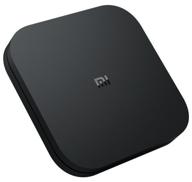
Review on TP-Link AC1900 USB WiFi Adapter (Archer T9UH) - Dual Band Wireless Network Dongle for Desktop with High Gain Antennas, Supports Windows 10/8.1/8/7, Mac OS by Micha Banasiewicz ᠌

Not worth taking this, doesn't meet any standards.
The power and communication range of the adapter are minimal, 100 mW (20 dB) on all channels. Ambiguities with support for 5 GHz channels. There is no official information, by typing I found that, for example, channel 100 is working, 112 is working, and 104 and 108 are not working. No way. All phones and laptops work fine on all these channels, and our TP-Link T9UH is finicky, loves only certain channels, and you don’t know which ones, find out for yourself. Setting the country in Windows before installing the drivers does not help - apparently the inaccessibility of the channels is either hardware or hardwired in the drivers. So it was not possible to get this adapter to work normally. Hardware version 1.0 EU. Inside is a Realtek RTL8814au chip. I installed it with a stand and directly into USB 3.1, changed the position of the antennas, twisted the adapter settings, installed the official TP-Link drivers, as well as those built into Windows 10, downloaded and forced the drivers from Realtek - NOTHING helps. Paired with an ASUS RT-AC58U router at 866 Mbps. With a signal level of -61 dBm at 5 GHz (a good level), the adapter demonstrates a maximum speed of 150-160 Mbps with constant drawdowns of up to 2-3 Mbps, an average of 50-60 Mbps. Ping jumps from 4 ms to 200. On the official support forum - completely inadequate advice, such as uncheck "Energy Saving" and other bull. All this, of course, has been done - only the effect is zero. In the same place I tested other adapters: ASUS RP-AC55 in bridge mode - good and stable 260 Mbps with 0-1 ms ping. Intel 7265 - also excellent stability and reliability, 270 Mbps with zero ping Qualcomm QCA9377 - good for a single antenna laptop adapter 130 Mbps, 1 ms I used to have a TP-Link WN823N adapter, also very bad and unstable. I didn’t think that I would buy TP-Link again, but I fell for the reviews above and bought this marriage.
- Inexpensive
- Communication quality instability. Strong overheating - apparently not a very energy efficient design. Many 5 GHz channels are unavailable.
New products
Comments (0)
Top products in 📺 Television Accessories
Another interesting products
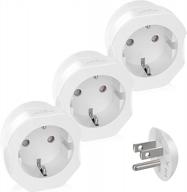
VINTAR EU To US Plug Adapter 3-Pack For Easy Travel: Europe To USA Converter For Spain, France, And More, Compatible With Type C/E/F Plugs - European To US Power Adapter Solution

11 Review
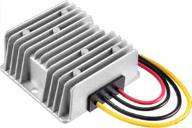
Kohree 36V To 12V DC/DC Converter Regulator - 10A 120W Golf Cart Voltage Reducer

17 Review

TV Tuner LUMAX DV-2120HD

15 Review
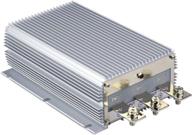
DC/DC 12V To 24V Boost Converter 40A 960W - Waterproof Voltage Regulator Module For Car Power Supply (10V-16V Input)

15 Review


